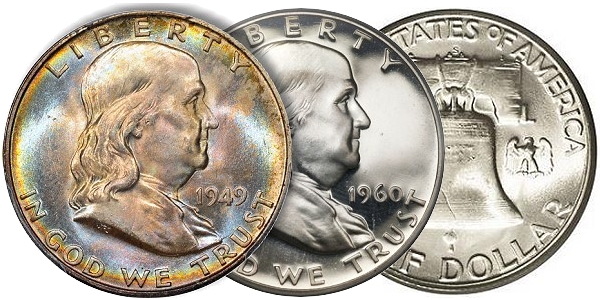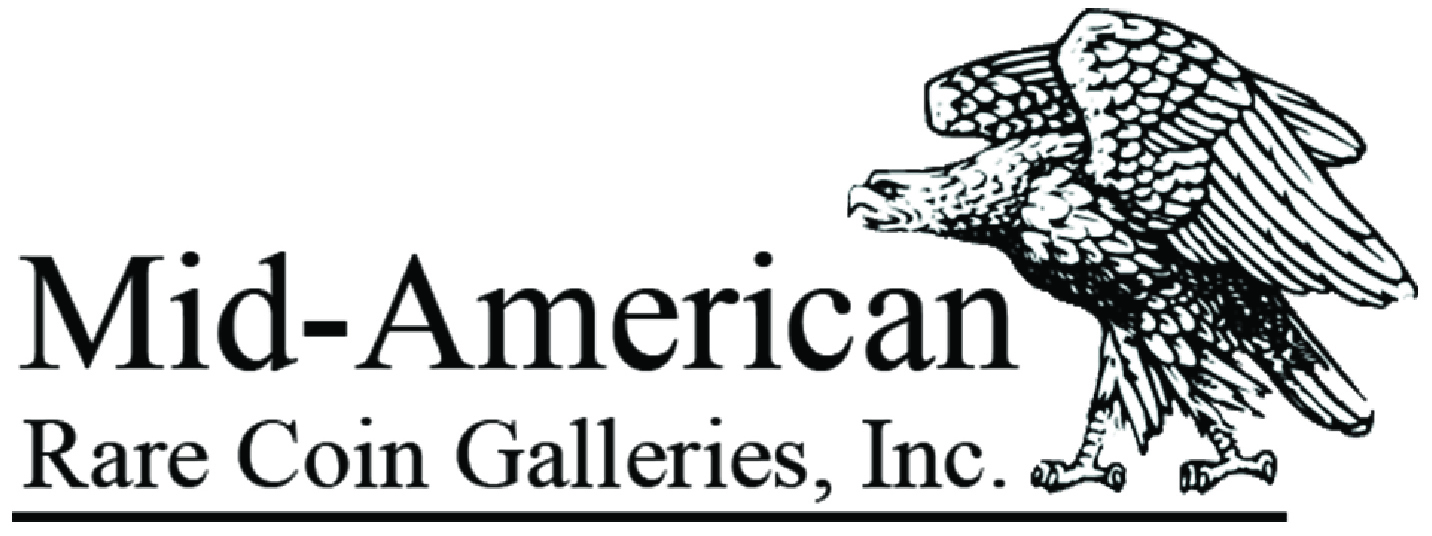My company has been submitting coins for grading and authentication since the inception of third-party grading in the 1980s. Today, we send in thousands of coins to be graded each year, so the process of coin certification has become second nature for us. But for many, this task can be confusing and difficult.
Given the costs involved, understanding how coin certification works is vital for beginners and advanced collectors alike. Moreover, for members of the general public who encounter what they think may be a rare coin, it’s important to understand the basics.
Determining When Certification is Appropriate
First, not every coin needs to be certified. A basic mathematical equation can determine whether certification is appropriate: Will the grading fee add enough value to the coin to justify the cost of certification and shipping?
For common issues, this can be very difficult to understand when checking out values on the internet. A common date Lincoln cent might show an auction record of $1,000 for a Superb coin. But to the average person, all late date Lincoln cents appear to be in Superb condition.
During a recent visit to NGC, one of the senior graders mentioned to me how many common coins, counterfeit coins, problem coins, and so‐called error coins they receive from the general public. This happens on an almost daily basis. People send in coins hoping to hit the jackpot, only to be disappointed and confused. Many find themselves in such a position due to false hopes or empty promises generated by unscrupulous sellers. Others inherited an assortment of coins and were convinced by internet searches that they had a fortune in rare coins.
On the brighter side, having truly valuable coins certified is the best way to realize the full worth of one’s holdings. I have personally helped hundreds of clients to submit rare coins for certification over the years, as this process can be vital for individuals selling coins. If not done correctly, however, quite a bit of money can be wasted.
At first glance, can you tell which of these coins is worth several times the other?

The 1952 Washington quarter at the top is graded NGC PF 67, and the NGC Price Guide suggests its value is $275 USD. Below, is a 1953 Washington quarter graded NGC PF 65. The NGC Price Guide suggests its value is $36.
Seek Professional Advice
Based on the information above, it should come as no surprise that it is highly recommended for anyone who is not a professional to seek advice when submitting coins for certification. The cost savings can be huge. It can also save you the disappointment of getting a coin back that has been deemed a “no grade.” These are coins that NGC will either not encapsulate or not numerically grade. If this occurs, you may question whether your submission fees were a wise investment.
There are over 1,500 NGC Authorized Dealers around the country. Many of these dealers will assist collectors and the general public with submitting to NGC. If they don’t offer this service, they may be able to suggest someone else to contact in your area.
You can also check with your local coin shop for assistance. Nearly every coin shop has some experience with grading submissions and can be very helpful when you are deciding what to submit. Another source of help when submitting coins is to check with the ANA dealer directory for dealers in your state and region.
Tips for Rare Coin Submission
 The steps for certification involve utilizing the proper grading tiers, screening, postage, and other considerations. Here are some questions to ask yourself and helpful tips when considering rare coin submission to a third-party grading service such as NGC.
The steps for certification involve utilizing the proper grading tiers, screening, postage, and other considerations. Here are some questions to ask yourself and helpful tips when considering rare coin submission to a third-party grading service such as NGC.
- Is my coin worthy of submission? Many coins are just not worth submitting. For beginners, or someone not familiar with the hobby, deciding which coins to send for certification is an almost impossible task. Someone with numismatic knowledge can help with this decision.
- What is the likelihood my coin is actually worth a fortune? There have been auction records in the last few years that confuse even seasoned professionals. When a 1957 Franklin half dollar sells for over $100,000, people want to send in every 1957 Franklin they lay their hands on. Unfortunately, it is not that simple. A very tiny percentage of coins from the modern era are of the quality and rarity that will command such a huge price at auction. A lot of money is spent on grading fees trying to duplicate the example mentioned above.
- Has my coin been cleaned harshly, or is there environmental damage that would prevent it from being numerically graded? This issue can even be difficult for professionals. Understanding what is acceptable requires experience. This is one of the most important services that an expert advisor can provide.
 Is my coin genuine? Someone with numismatic expertise may be able to save you substantial time and money by answering this question before you submit a coin for grading. There are a lot of counterfeit coins sold online these days, and you can compound your loss by sending them for certification. Many are obvious enough fakes that specialized equipment to determine their authenticity is not required.
Is my coin genuine? Someone with numismatic expertise may be able to save you substantial time and money by answering this question before you submit a coin for grading. There are a lot of counterfeit coins sold online these days, and you can compound your loss by sending them for certification. Many are obvious enough fakes that specialized equipment to determine their authenticity is not required.- What grading tier should I use when submitting my coin? This can be complicated when dealing with a lot of rare coins. Grading tiers start with Economy or Modern for coins worth less than $300 and go all the way up to Unlimited Value WalkThrough for ultra‐rare coins sometimes worth millions. There can be significant cost savings when a large collection is submitted properly. Vice versa, it is a waste of money to spend $150 for the WalkThrough grading fee if the coin is only worth $100.
- Should you choose a special label when available? Special labels for modern coins have become very popular in the last few years. These include Early Releases, First Releases and other labels that are often available for collectors and dealers alike. There is generally an additional cost for a special label, and you may need advice to choose the right product.
- Would coin conservation help with your grading result? It is very important to make sure your coins have no PVC residue or other contaminants on the surface. These contaminants will result in the dreaded “no grade” everyone wants to avoid. As discussed in my last article, coin conservation can be complicated, and the advice of an expert is vital.
- How should my coin be insured when shipping to NGC? Many collectors and members of the general public have never shipped a coin through the mail or used a third-party carrier. There are many options, and you should be careful to make sure your package is properly prepared and insured.
- Should I have my coin certified and identified by variety? This special service offered by NGC costs extra but can add significant value to some coins. Bust half dollars are a great example. In general, the service should be used for scarce and rare varieties. The variety information does not help much in the way of value for common issues.
- Will my certified coin up-grade? Lots of collectors have heard stories of the money that can be made by cracking coins out of third-party grading service holders and resubmitting them. This is not as easy as it sounds, and there can be substantial risks involved. Expert advice is definitely recommended before trying this.
Enjoy a Pleasant and Profitable Coin Certification Experience
Because submitting coins for certification can be more complicated than it appears at first glance, finding a rare coin dealer in your area who can evaluate your coins in-person before submission can be particularly valuable. Many dealers are happy to help with this process, especially if they are given the opportunity to purchase the coins when they come back from grading. NGC also has excellent customer service representatives who can answer some questions over the phone.
One final tip that can be helpful for those who are nervous about sending rare coins off to be certified: Take a picture of the coins with your smartphone camera. This will provide you a record of the coins if they are lost in shipping or there is some other issue. We have started doing this at our office whenever submitting coins for clients.
It can be very exciting to submit coins for grading. Certification adds value to most rare coins, and in some cases, the returns can be staggering. With the proper advice, your experience will have a much greater chance of being pleasant and profitable.
